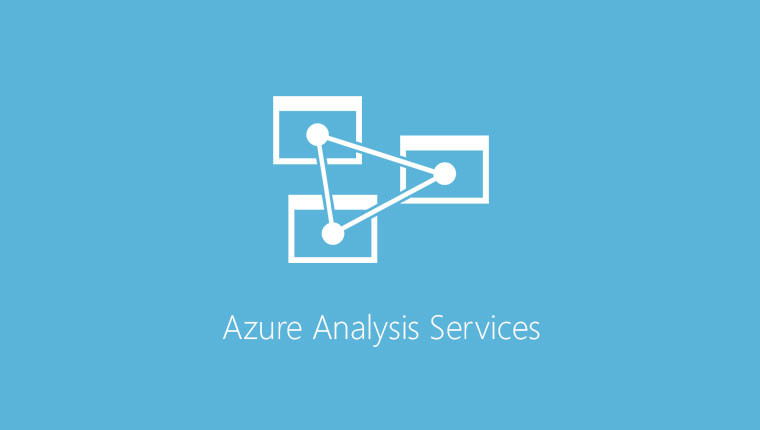
Those who rely on Microsoft's Azure platform have an array of capabilities at their disposal, one of which is the software giant's Online Analytics Processing engine, Azure Analysis Services. Following the expansion to two other regions at the end of March, this cloud component has gotten yet another set of updates.
First and foremost, there is the addition of the new 'Basic' tier, which is geared towards folks with smaller, more targeted processing needs than what the Standard option offers. This of course, translates into less cost, but leaves open the opportunity to upgrade in future, if the need arises. One important thing to note is that the upgrade path is only one way, meaning you can upgrade from Basic to Standard and so on, but cannot downgrade.
Also in this update set is the ability to backup and restore AAS models, a capability which does require a storage account though, if one is not present. Once that is created and the storage location is set up, you are able to backup and restore these models using Tabular Modular Scripting Language (TMSL) commands or via tools like SQL Server Management Studio (SSMS). If for example you need to restore a 1200 tabular model created with an on-premises version of SQL Server Analysis Services, it has to be copied to the storage account prior to you being able to restore it to AAS.
On the subject of on-premises versus cloud solutions, worthy of note is that if you restore a model from an on-premises server, the on-premises domain users will not have access to it. To fix this, you need to remove them from their roles, then add them as Azure Active Directory users.
And speaking of Active Directory, the service has been better integrated with AAS in order to improve interoperability. If you create an Analysis Services account, it will be tied to your Active Directory tenant that the Azure subscription is associated with. For example, if a company owns a directory, only users who have been granted access and are within that directory can see the AAS models. Guest access is possible, but there's an easier method on the way, via what's called Azure AD B2B.
So, if you're a professional relying on AAS and in need for some more customization, these updates might just be your cup of tea. More information can be found at the dedicated Azure portal.
Source: Microsoft Azure Blog

















3 Comments - Add comment